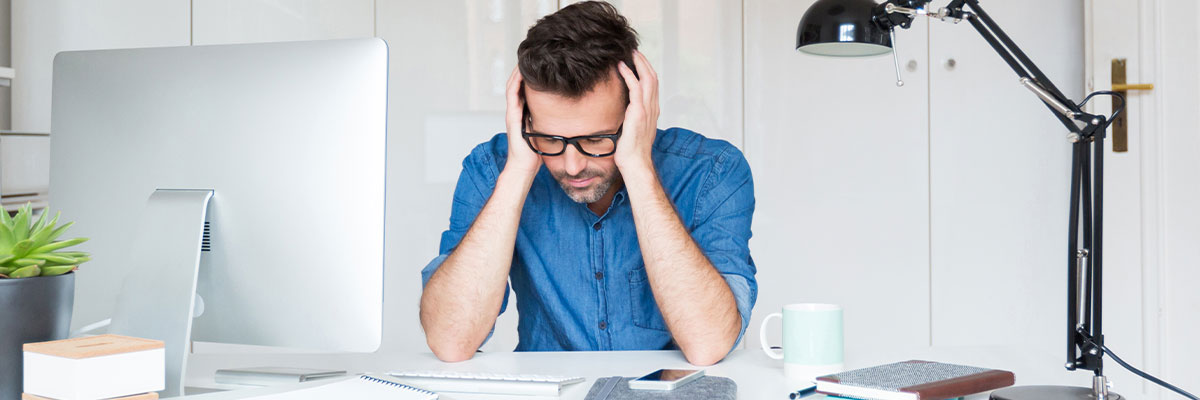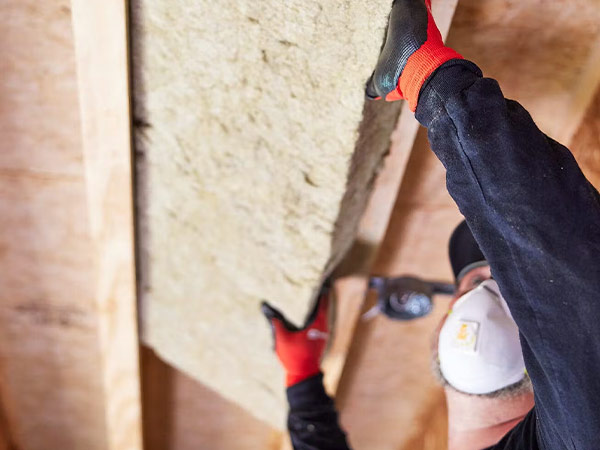

Shhh! How to Soundproof a Room
Noise can be a big issue when you’re trying to get a good night's sleep or need to concentrate on important work. Loud outside noise from traffic or indoor noise from TV or vacuuming is never pleasant. Luckily, there are a couple of ways you can soundproof a room for a more peaceful home life. Follow our guide on how to soundproof a room, from simple upgrades to big changes for a quiet space.
How to Start Soundproofing
The problem with trying to block out noise is that even the slightest weakness or opening can allow it through. This means you must be very thorough when it comes to soundproofing all parts of a room, from the doors to the walls, floors, windows, and ceilings.
Soundwaves can enter through small cracks and thin walls, making soundproofing a delicate project where every detail matters. While it’s impossible to fully soundproof a room to prevent any type of noise, there is still a lot that homeowners can do to significantly reduce noise levels.
Pay attention to the noise that happens every day in your home and make a list of what needs to be minimized. If you can hear the cars outside, your project might focus more on soundproofing your windows and walls. If hearing footsteps is a concern, then the weak point is your floors or ceilings, and you’ll want to focus on those. Some other weak points that you can look out for are hollow doors and cracks in the windows or walls.


Soundproofing Walls
The walls are one of the most vulnerable areas of your home when it comes to noise transmission. Start small and add soundproofing materials to the outside of the wall or go as far as adding insulation behind the drywall. A simple task you can try before you open the walls is installing mass-loaded vinyl on your walls. Mass-loaded vinyl blocks sound waves and hangs similarly to wallpaper only with fasteners or staples. MLV can be added to existing walls if you are ok with the look of it or under drywall.
If you’re up for a challenge and willing to make updates to the wall structure, adding soundproofing insulation is one of the best ways to soundproof your room walls. The insulation will be installed in between studs and will typically require the drywall to be removed. This project is better suited for a professional contractor with knowledge of replacing drywall and installing insulation. They can also help you determine the perfect insulation material for your scenario. Typically, materials like the Rockwool Safe N Sound provide excellent sound absorbency. Once the studs are found, your contractor will open the drywall, add the insulation between the studs, and put up new drywall over it.
You can also soundproof drywall by simply installing another layer of drywall over the first one or more specialized soundproof drywall material. While it will reduce the overall living area of the room, it does a tremendous job of blocking noise.
Soundproofing Windows
There are easy ways to soundproof a window that don't cost much and require much less effort than soundproofing your walls.
Invest in heavy curtains whose thick fabric reduces the noise that comes inside. The more of the window you cover, the more effective these curtains are at blocking outside noise.
You should also weatherstrip the windows, using weatherstripping material like foam tape or rubber tape to fill in any gaps that prevent air and sound from entering. Apply the material against the window frame and sash.
Use caulk to seal cracks in the windows where soundwaves can travel through. Apart from providing soundproofing capabilities, this can also improve the energy efficiency of your home by reducing air leaks and keeping treated air inside your house.
Soundproofing Doors
You can’t forget about the doors when soundproofing a room. If you’re ready for a big upgrade, you can replace your current door with a solid or soundproof door to reduce noise transmission. Solid hardwood doors do a better job of reducing noise than hollow options, which is what you might currently have.
There are also less expensive and simpler ways of soundproofing doors than completely replacing them. Install a door sweep in your front exterior door and back door to reduce air leaks and outside noise. Add weatherstripping material like foam or rubber tape around the top, bottom, and side edges of the doors to minimize openings. Just be precise with the material so you don’t run into issues where the material gets in the way when you close the door.
Caulking can also be added to the door frame to seal up gaps. When you combine caulking with weatherstripping materials, you’ll notice significantly improved energy efficiency and noise reduction.
Soundproofing Floors and Ceilings
While hardwood floors are the most popular flooring material, they also tend to be one of the noisiest, but a good underlayment is key to noise reduction. Rubber and acoustic foam underlayment are some of the top materials used to avoid noisy floors, as they reduce the sounds of footsteps and falling objects. Some acoustic foam products also include a water vapor protector that protects materials underneath from moisture.
The problem is that the underlayment is installed when you’re putting on new flooring. However, if you’re not putting in new flooring, it’s not worth the cost of just replacing the underlayment. Rugs and rubber mats can also help, and it’s easy to add them to your floors without having to completely replace the flooring. Rubber mats absorb the noise and offer additional floor protection, so they’re commonly used for fitness rooms. If you don’t like their appearance, you can cover them up with a rug to maintain the room’s aesthetics.
Soundproofing the ceiling is quite similar to soundproofing the floor, but there are some small differences. You can install acoustic tiles over the existing ceiling pretty easily. However, for the best effectiveness, hire a contractor to install insulation between the joists that support the ceiling. Hiring a contractor to install insulation can ensure that everything is done to the standard that your home deserves. Insulation can significantly reduce the noise between the levels of your home by absorbing the sound and vibrations while also elevating your energy efficiency.
Shhhh! Are you ready for a quieter home? Enjoy some peace and quiet and order all your materials at McCoy's, whether it’s just shopping for a door sweep or going all out with new insulation.
